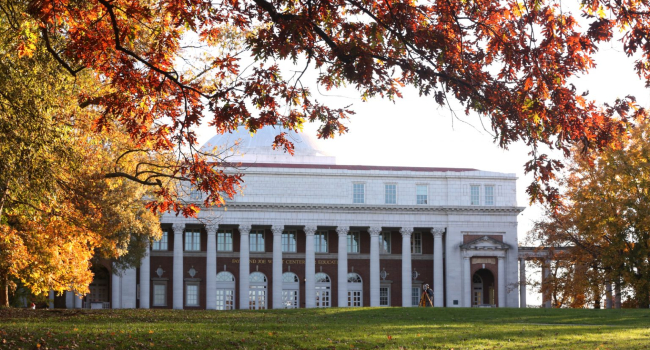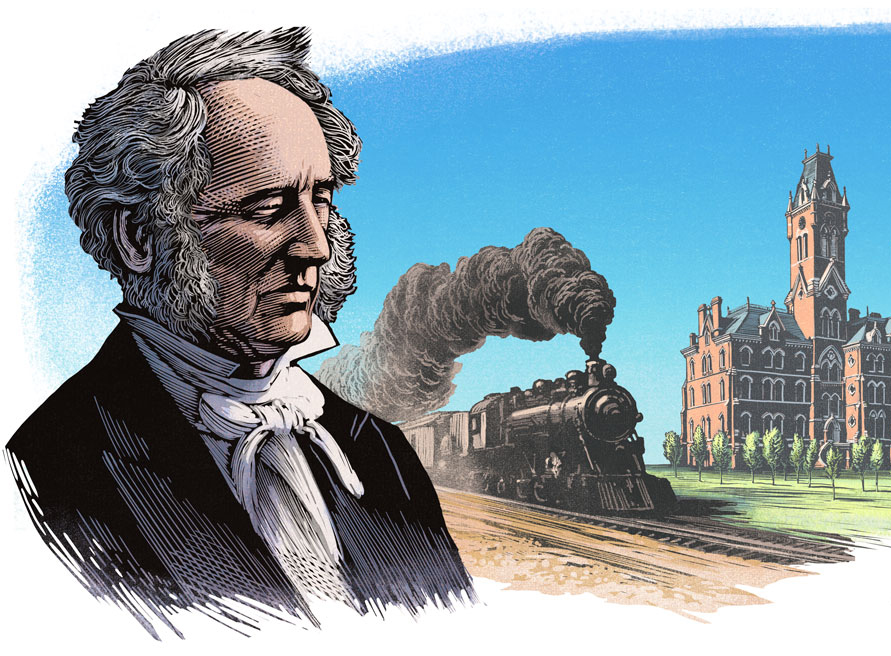By Jenna Somers
Many governments around the world agree that access to education is a human right that benefits the greater social good, but how they decide to provide education differs depending on economic, social and cultural concerns.
Governments of lower- and middle-income countries are increasingly turning to public-private partnership programs to operate schools that deliver education to low-income families as an alternative to traditional public schools, according to Felipe Barrera-Osorio, associate professor of public policy, education and economics at Vanderbilt Peabody College of education and human development. He and Andrew Dustan, assistant professor of economics in the Vanderbilt College of Arts and Science, recently received a one-year grant in excess of $400,000 from the National Science Foundation to lead an interdisciplinary study on the quality of these partnership schools in Bogotá, Colombia, and on how families decide whether to send their children to them.
Despite the abundance of public-private partnership schools in developing countries, little evidence of their impact exists. This study has the potential to affect educational policy in these countries as low-fee private schools are increasingly viewed as a possible means of improving learning outcomes. As these schools continue to target low-income households, their potential to provide high-quality education could help to create greater socioeconomic equality over the long term and to elevate the economic standing of these countries.
Known in Bogotá as schools in administration, public-private partnership schools are public institutions run by private agents, like public charter schools in the United States. The government provides a state-of-the-art building, and the private agent is responsible for the school’s curriculum and administration, including teacher management. They are chosen by the government based on a competitive process that evaluates their educational excellence. Families must pay the school a nominal fee for their child to attend.
Barrera-Osorio and Dustan will conduct their study during the 2022–23 school year on whether and how these schools may offer a better education to students than traditional public schools. Before they could begin, they needed to create the constraints to control for student socio-economic backgrounds, so they collaborated with the local government in Bogotá to create a poverty index based on families’ proximity to the schools and household incomes and then used that index to rank families who applied to the schools’ entry grades, either kindergarten or first grade. Students were then paired based on their equivalent proximities and incomes and entered into a lottery system. One student from each pair won a place at a school in administration. The family of the child who did not win could choose to send their child to a traditional public school or a traditional private school or to not enroll their child in school. Most families, because they cannot afford traditional private schools, chose to send their children to traditional public schools.
“The lottery system is important for evaluating these children over the course of the study because the pairs are from very similar backgrounds,” Barrera-Osorio said. “So if those attending the schools in administration are consistently outperforming their counterparts in the traditional public schools—based on standardized test scores, retention and progression—that would indicate the schools in administration are a better option for providing education to low-income families, which could level the playing field and be a game changer for governments determining how to provide access to education.”
Beyond evaluating the quality of schools in administration, Barrera-Osorio and Dustan want to understand the process by which families decide to apply. Since the data from the lottery system only includes families who applied, they plan to survey households in the neighborhoods surrounding the schools to ask families who did not apply why they didn’t. It may be that these families did not receive information about their neighborhood’s school in administration, they determined they could not afford the school’s nominal fee, or they may have some other reason. As a later focus of their research, Barrera-Osorio and Dustan will use this data to design and implement a process to randomly provide information about these schools to potential households for the 2023 academic year.
Barrera-Osorio views this one-year study as just the beginning of a larger project. He hopes to follow the children from this study over several decades to understand their impact on the labor market and how much that impact could be a result of their education at public-private partnership schools.


